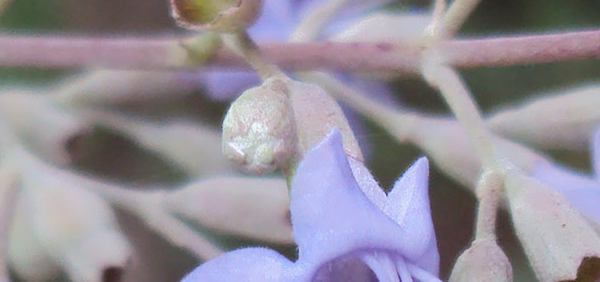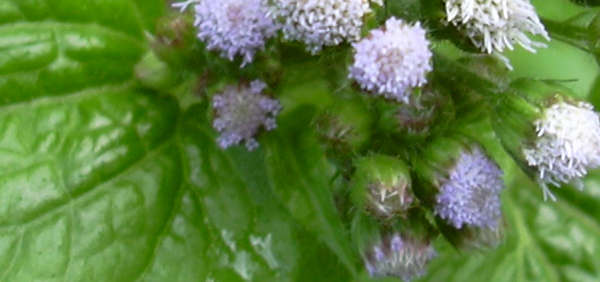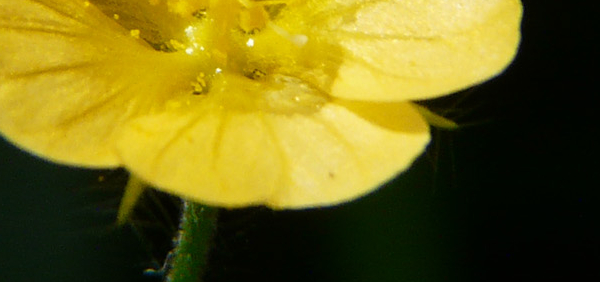ikshvaku :

ECOLOGICAL ASPECT:
Bottle gourd is widely cultivated in the tropics from sea-level to 2500 m altitude, and is found as an escape especially along riversides and lakeshores. It needs a well-distributed rainfall of 600–1500 mm and is adapted to semi-arid conditions. The optimum temperature for germination is 20–25°C and the germination rate declines below 15°C or above 35°C. It tolerates low temperatures, but if the temperature drops below 10°C flowering is reduced; it does not tolerate frost. Low temperatures and drought lead to flower and fruit abortion. Bottle gourd grows in a wide range of soil types but prefers well-aerated, fertile soils with pH 6–7.- » Classification and names of ikshvaku
- » Synonyms and definitions of ikshvaku
- » Drug Properties of ikshvaku
- » Chemical Constituents of ikshvaku
- » Standardization of ikshvaku
- » Parts used and Dosage of ikshvaku
- » Morphology and Histology of ikshvaku
- » Distribution and Conservation of ikshvaku
- » Cultivation of ikshvaku
- » ikshvaku in the market
- » Medicinal Uses of ikshvaku
- » Researches and clinical trails of ikshvaku
- » ikshvaku in other sytems of medicine
- » Ayurvedic formulations with ikshvaku
- » Images of ikshvaku












